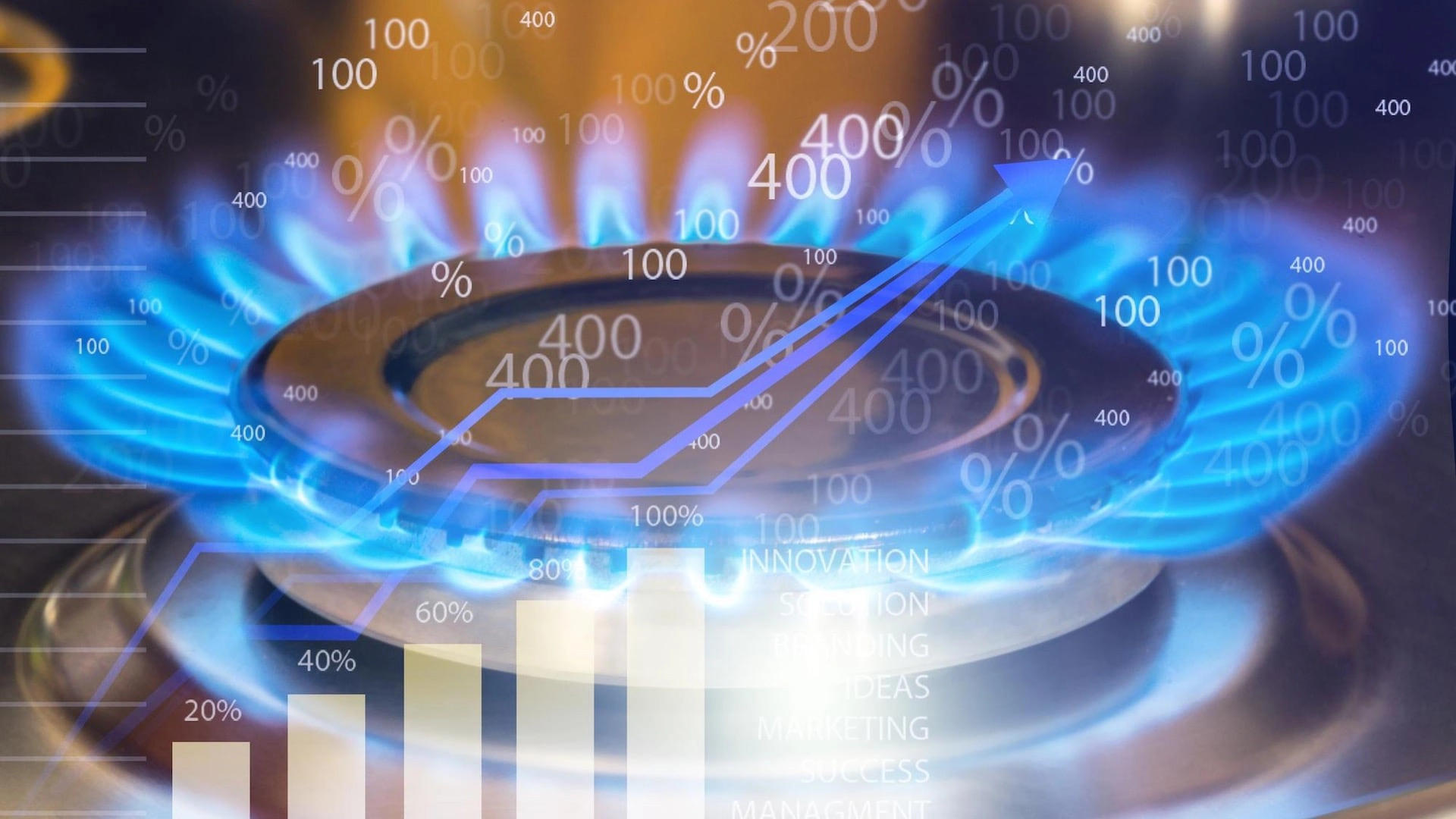
Natural gas is a colorless, odorless, flammable mixture consisting of various gases and additives, which can result in different qualities depending on the supplier. Before being supplied into the network, it is always odorized to facilitate the detection and prevention of gas leaks.
The leading players in the market of piped natural gas are:
- Consumers
- System operators
- Network users
- Producers
A natural gas trader engages in the commercial buying and selling of natural gas for remuneration and not for their use. This activity requires a license according to the Natural Gas Supply Act.
The transportation system operator is responsible for the natural gas storage facilities.
Natural gas distribution involves the transmission of natural gas through distribution pipelines to end-users. The distribution of natural gas is also a licensed activity according to the Natural Gas Supply Act.
The ready-to-use natural gas, along with all its parameters, is measured by the transportation license holder. The frequency and measurement method are determined and carried out by the supplier and the license holder, as specified in the contractual agreement between them.
Natural gas, with its defined quality, is ultimately delivered to end-users by the natural gas distributor, whether they are companies or households.
End-users typically pay for natural gas based on its heating value and the consumed quantity, projected and calculated for a specific billing period. These numbers are always indicated on the invoices. As defined by the local time at the delivery-receiving point, the gas year runs from October 1st of one calendar year at 6:00 AM to October 1st of the following calendar year at 6:00 AM.
Natural gas requirements
The heating value is the amount of heat released during the perfect combustion of a specified quantity (1 cubic meter) of gas at constant pressure in air, assuming that the final temperature of the combustion products is the same as the initial temperature, and both the initial components and the combustion products are in the gaseous state. Therefore, the quality of natural gas represents the amount of energy released during the (perfect) combustion of a given quantity of gas.
The heating value is determined based on the chemical composition of natural gas, and its unit of measurement is MJ/m3.
Since the user pays for the consumed energy quantity, it is important to know the heating value of the gas consumed per cubic meter.

What influences natural gas quality?
Several factors influence the quality of natural gas. Here are some of the key factors:
- Chemical Composition: The chemical composition of natural gas can vary, depending on the source and geological formation. Natural gas primarily consists of methane (CH4), but it may also contain varying amounts of other hydrocarbons such as ethane, propane, butane, and pentane. The relative proportions of these components can affect the quality and energy content of the gas.
- Heating Value: The heating value or energy content of natural gas is an important indicator of its quality. It represents the amount of heat released when a given quantity of gas is completely burned. The higher the heating value, the more energy-rich the gas is.
- Impurities: Natural gas may contain impurities, such as sulfur compounds (e.g., hydrogen sulfide), carbon dioxide, nitrogen, and trace elements. The presence of these impurities can affect the quality and usability of the gas. For example, sulfur compounds need to be removed to prevent corrosion and reduce environmental emissions.
- Moisture Content: The moisture content of natural gas, often referred to as the dew point, is another factor that influences its quality. Moisture can condense and cause operational issues in pipelines and equipment, so it needs to be controlled within acceptable limits.
- Pressure and Flow Characteristics: Natural gas is transported and distributed under specific pressure and flow conditions. The pressure and flow characteristics, including pressure drop and flow rates, can impact the performance and usability of the gas.
Conclusion
Natural gas is the most commonly used fossil fuel energy source. It is a mixture of various combustible gases, so its quality can vary among providers. The higher the heating value, the less quantity is needed – this value is always indicated during the purchasing process.
MET Group is one of the largest natural gas traders in Europe. If you are interested in purchasing natural gas for your company, do not hesitate to contact us. For more information about the Earth's energy resources and similar interesting insights, continue reading our company's energy market insights.
